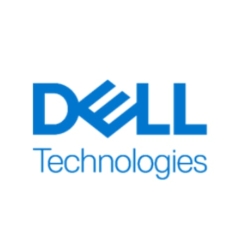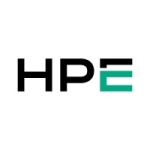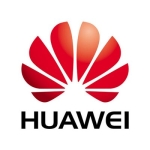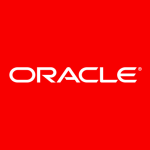What is our primary use case?
Some of the primary use cases that we deploy Dell PowerStore for is for fairly normal infrastructure things. We have one offer at the moment where we have a customer considering a replacement of Oracle database appliances with Dell PowerEdge servers and Dell PowerStore.
It's for a utility company which requires strict governance standards. Furthermore, they are implementing Cyber Vault, which complements their end-to-end Dell infrastructure.
How has it helped my organization?
It is hard for me to quantify how Dell PowerStore has supported growth or operational successes for those companies because I'm not directly involved with the clients.
We have had some successful projects in the last year from small to medium-sized projects. The notable aspect is not just from the customer's point of view. Internally, our project teams have confidence when they're working with that technology.
What is most valuable?
The biggest trust element is people are very happy to depend on a Dell infrastructure. When we talk to them about infrastructure, we will say, 'We need an infrastructure for a certain project.'
We work with our Dell partner team to see which experts we need to get involved. When that brings Dell PowerStore into it, the features users appreciate include ease of use, security, dependability, and scalability.
The natural progression of the Dell PowerStore family into bigger offerings and the integration between them is something that clients appreciate.
What needs improvement?
The initial setup was a bit cumbersome.
Buyer's Guide
Dell PowerStore
October 2025
Learn what your peers think about Dell PowerStore. Get advice and tips from experienced pros sharing their opinions. Updated: October 2025.
871,358 professionals have used our research since 2012.
For how long have I used the solution?
We have been using the solution since shortly after product launch, with a range of clients having different levels of demand, and we tend to move with the technology as it advances.
What do I think about the stability of the solution?
Based on our experience with different customers, there has been uniform success rather than any issues. We are prepared to address any issues that might arise.
What do I think about the scalability of the solution?
While I cannot comment extensively on the technical aspects, what's appealing to customers about Dell PowerStore is the scalability. They can start small, invest for what they need now, and have the confidence that when it grows, they will be able to scale with what they need.
How are customer service and support?
I own the partnership and interface into the company, focusing more on that aspect than the specific technical details.
Which solution did I use previously and why did I switch?
When we took over the clients, they had a real mismatch of solutions. They had a lot of HPE, some Oracle, and some generic equipment that they had acquired.
How was the initial setup?
The initial setup was a little bit cumbersome. We had a bit of an adoption process internally. It wasn't immediately straightforward on day one.
What about the implementation team?
We frequently engage the Dell account team or our own alliance team in the deal to ensure we get an SE who understands the specific business area and can adjust the offer accordingly.
What was our ROI?
I am not sufficiently involved with the projects to provide information about the ROI they actually see from implementing Dell PowerStore.
What's my experience with pricing, setup cost, and licensing?
The pricing of Dell PowerStore is quite on point and very competitive overall. We are very in sync and in step, with our own account team and also with the account teams of our customers, which works out favorably commercially.
Which other solutions did I evaluate?
We have a focus on HPE or NetApp storage because that's their corporate requirement. We don't lead with these in discussions but have them available due to some client demands.
What other advice do I have?
Make sure that you validate that Dell PowerStore is the right part of the Dell family. If it is, don't hesitate.
Validate that with your Dell representatives. An SE can assess the exact requirements, or there might be a subject matter expert if it's a particular vertical implementation. Ensure you're on the right path before you proceed.
Overall, I rate Dell PowerStore eight out of ten.
I am always hesitant to say something is a ten out of ten. There is always room for improvement. We see how they continue to evolve the product sets to match the evolving demands. In certain use cases, it's a ten out of ten, however, with the use cases changing every day, it presents different challenges.
Disclosure: My company has a business relationship with this vendor other than being a customer. Partner















Thanks for your insights. We're glad you like PowerStore's scalability, ease of use and overall value! Have you had a chance to explore the latest PowerStore and Dell AIOps software? If not, I'd definitely encourage you to check it out. We've added some great features recently, including performance headroom analytics, carbon footprint forecasting and our new AI Assistant chatbot. AI Assistant currently provides natural language synthesis of Dell's huge Knowledge Base -- and later this year will let you query your system directly for custom answers and recommendations based on your unique environment.